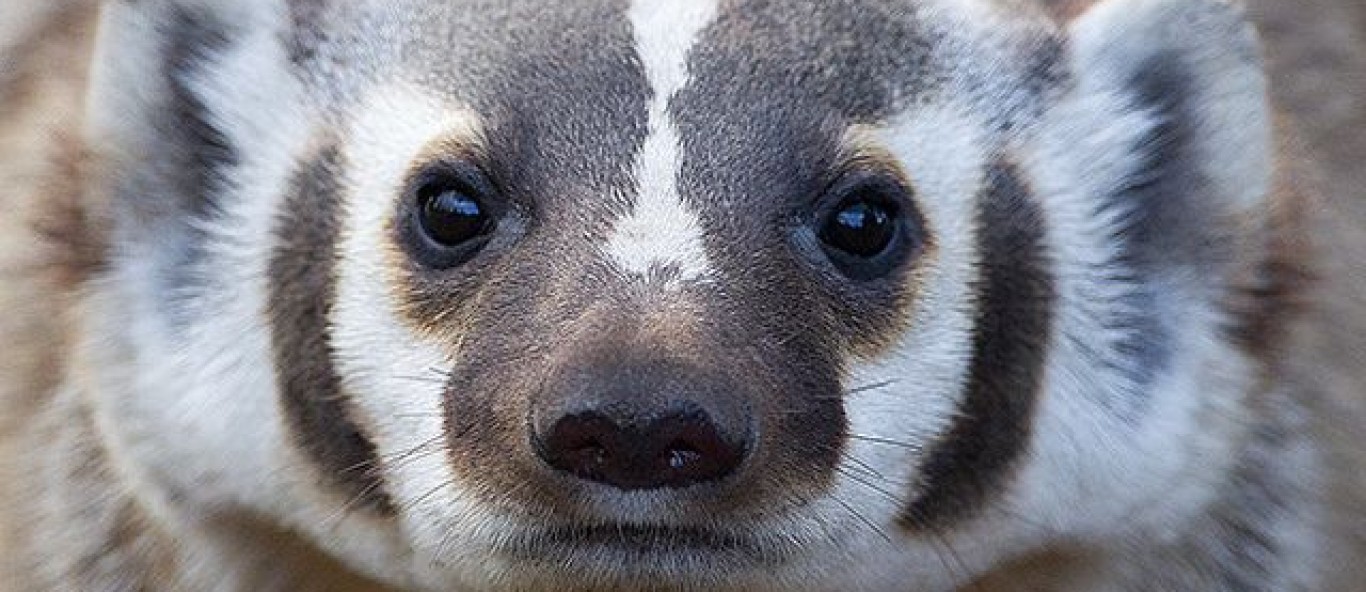American Badger
Taxidea taxus
-
The badger, Wisconsin's state mammal, is a wide-bodied, short-legged mustelid (member of the weasel family) with long, powerful claws used for digging.
-
They are related to ferrets, minks, otters, weasels, and wolverines.
-
A member of the Mustelidae family, the largest family in the order Carnivora.
-
Badgers can grow up to 20 to 34 inches long from head to tail. The tail adds an additional 4 to 6 inches to its length. Badgers weigh between 9 and 39 pounds.
Population: According to the International Union for Conservation of Nature (IUCN), most badgers are not endangered or threatened. The American badger, for example, has a population of several hundred thousand in the United States.
Habits: Badgers are nocturnal, meaning they are most active at night and sleep during the day.
A badger’s home is called a sett. Setts have a special chamber reserved as the bathroom because badgers are considered clean creatures. One sett can be 22 to 109 yards.
They are very social creatures and live in groups called a cete or clan. A clan shares territory and setts. Setts can be centuries old and are used by many generations of badgers.
Diet: Most badgers are omnivores, which means they eat both plants and meat. Typically, though, they mainly consume earthworms and the larvae of daddy long legs. Some other foods badgers enjoy include slugs, small mammals, snails, bird eggs, and fruit.
Mating: Though badgers mate any time they feel like it, they only have one litter per year due to delayed implantation. Badgers give birth in mid-to-late winter between January and March. One to five babies are born at one time in the underground chambers. Baby badgers, like baby bears, are called cubs.
Information from: https://www.livescience.com/52420-badgers.html
To download this information: Click Here

